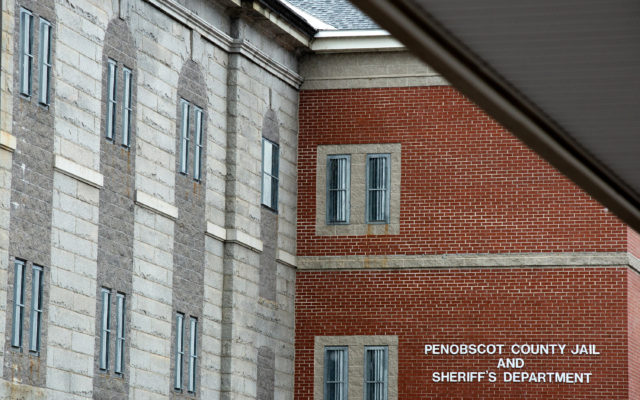
Naloxone should be immediately accessible in all Maine correctional facilities
By BDN Editorial Board
Corrections officers in the Cumberland County Jail, the state’s largest, are now carrying the opioid overdose-reversing drug naloxone. All counties across the state should be making the same move, if they haven’t already, to try to prevent any more overdose deaths in Maine jails.
Not long ago, Maine corrections officers couldn’t even administer naloxone, also known by the brand name Narcan. It took a 2017 state law, and lawmakers overriding a veto from then-Gov. Paul LePage, to allow corrections officers to administer naloxone like a police officer or medical provider already could. Allowing jail guards to do so was the right move. Now that they can, jail leaders must also make sure this life-saving intervention is immediately available if needed.
“If I’m up in one of the areas farthest from the officer’s station and I find an issue, I can immediately act on it,” Cumberland County’s Lt. Dan Haskell explained to News Center Maine about the recent change. “It can be the difference between life or death.”
According to the National Commission on Correctional Health Care, drug and alcohol overdoses are the third leading cause of death in jails behind illness and suicide. Overdose deaths have occurred in Maine jails.
Last year set another grim record, with 716 people confirmed or suspected to have died from an overdose across Maine. The tragic loss of life last year would have been even worse if not for access to naloxone. According to a December overdose report, which included statewide numbers for all of 2022, there were nearly 2,300 overdose reversals with naloxone last year.
Naloxone access is a good and necessary thing. This should be especially obvious with the increased prevalence of fentanyl. As a state, hopefully we have moved past the debate about naloxone access and agree that keeping people alive is always a good thing. Naloxone can help keep people alive, both in and out of jail, and give them a chance (or chances) to access more long term recovery services.
As reported in the BDN by Troy Bennett, other Maine counties where corrections officers carry naloxone include Androscogggin, Kennebec, Penobscot and Waldo. Piscataquis County Jail officers are encouraged but not required to carry the drug.
According to Penobscot County Administrator Scott Adkins, Penobscot County issues naloxone to all corrections and patrol staff along with jail medical staff. This broad access among staff should be standard practice in all correctional facilities. Naloxone might not be used frequently, but it should always be available.
“In all of last year, it was given maybe twice,” Bill Prout, the jail administrator executive assistant in Cumberland County, told Bennett. “Though we stop an awful lot of fentanyl trying to come in here, so it’s a smart thing to have.”
With people trying to get fentanyl into the jails, naloxone obviously needs to be there too — and it needs to be immediately accessible should an overdose occur.
Cumberland County jail officials recently took the appropriate step by adding naloxone to their corrections officers’ belts. Hopefully they will never have to use it, but we’re glad it is there. All other Maine correctional facilities should be taking this same approach.